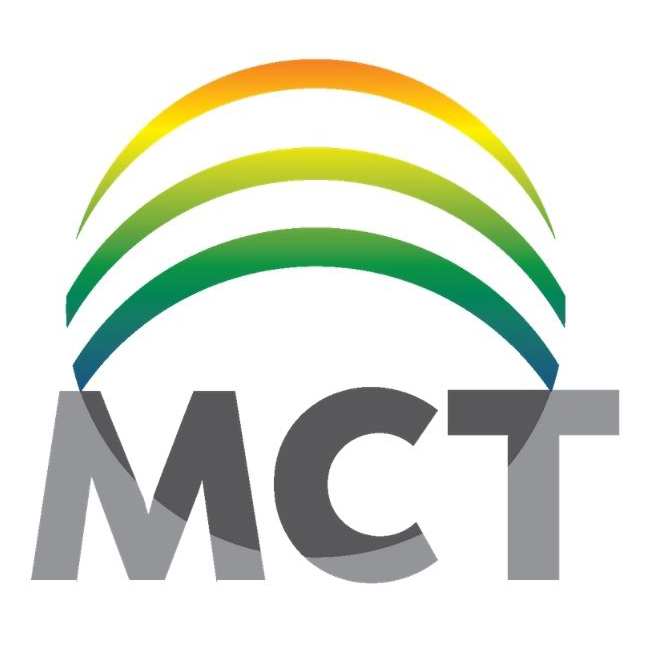Revisiting Communication and Globalization in the Geopolitical Context
DOI:
https://doi.org/10.60101/jimc2023.830Keywords:
communication, globalization, geopolitics, normative theory of mediaAbstract
The concept of communication and globalization can be traced back to the 1950s. Influenced by geopolitical theory, this concept was renamed and well-known as the normative theories of media. At the very beginning, media norms in the global context were divided into four theoretical camps: Authoritarianism, Libertarianism, Media and Social Responsibility Theory and Soviet-Totalitarianism. Later, normative theorists added further two theoretical concepts: Development Media Theory and Democratic Participant Media Theory. Although the geopolitical theory of media has emerged for more than half a century, with their strengths and weaknesses the normative approaches were still useful for understanding communication in the global context.
References
กาญจนา แก้วเทพ (2546), “อีกครั้งกับเรื่องการสื่อสารแบบมีส่วนร่วม”, วารสารวิจัยสังคม, 26(2): 101-135.
________. (2549), วิทยุชุมชน: คลื่นหนุนการสร้างพลังให้ท้องถิ่น, กรุงเทพ: สำนักงานกองทุนสนับสนุนการวิจัย (สกว.).
________. (2552), สื่อสารมวลชน: ทฤษฎีและแนวทางการศึกษา, กรุงเทพ: ภาพพิมพ์.
โกวิท วงศ์สุรวัฒน์ (2550), ภูมิรัฐศาสตร์ = Geopolitics, กรุงเทพ: โรงพิมพ์วาสนา.
ฌอง แมคไบรด์ (2528), หลายสำเนียงจากโลกเดียวกัน, แปลโดย วีรนุช พลกร-ไม้ไทย และคณะ, กรุงเทพ: ยูเนสโก.
ดวงพร คำนูณวัฒน์ (2548), ชุบชีวิตหอกระจายข่าวด้วยการสื่อสารแบบมีส่วนร่วม, กรุงเทพ: สำนักงานกองทุนสนับสนุนการวิจัย (สกว.).
เฟรด เอส. ซีเบอร์ท และคณะ (2551), ทฤษฎีสื่อสารมวลชน, แปลโดย เกษม ศิริสัมพันธ์, กรุงเทพ: คณะวารสารศาสตร์และสื่อสารมวลชน มหาวิทยาลัยธรรมศาสตร์.
ระวีวรรณ ประกอบผล (2525), สื่อมวลชนในประเทศโลกที่สาม, กรุงเทพ: ห้องภาพสุวรรณ.
วิภา อุตมฉันท์ (2544), ผลกระทบของสัญญาณวิทยุและโทรทัศน์ข้ามพรมแดนระหว่างไทย-ลาว, กรุงเทพ: สำนักพิมพ์แห่งจุฬาลงกรณ์มหาวิทยาลัย.
ศิริมิตร ประพันธ์ธุรกิจ (2551), ความสัมพันธ์ไทย-ลาวในสื่อบันเทิงไทย: ศึกษากรณีการประกอบสร้างอัตลักษณ์ความเป็นลาวจากภาพยนตร์เรื่อง “หมากเตะโลกตะลึง”, วิทยานิพนธ์ปริญญารัฐศาสตรดุษฎีบัณฑิต คณะรัฐศาสตร์ มหาวิทยาลัยธรรมศาสตร์.
สมสุข หินวิมาน (2556), “ท่องไปในโลกการสื่อสารกับโลกาภิวัตน์ด้วยมุมมองทฤษฎีมาร์กซิสม์”, วารสารศาสตร์, 6(1): 113-153.
อัศวิน เนตรโพธิ์แก้ว (2551), ทีวีอัลจาซีรา: สื่อมวลชนสากลของโลกอาหรับ, ปทุมธานี: นาครมีเดีย.
อุบลรัตน์ ศิริยุวศักดิ์ (2527), รายงานการวิจัยเรื่องการศึกษาด้านนิเทศศาสตร์(ระดับอุดมศึกษา) ในประเทศไทย, กรุงเทพ: คณะนิเทศศาสตร์ จุฬาลงกรณ์มหาวิทยาลัย.
Baran, S. and Davis, J. (2006), Mass Communication Theory: Foundations, Ferment, and Future, California: Thomson Wadsworth.
Curran, J. and Park, M. (2000), De-Westernizing Media Studies, London: Routledge.
Dodds, K. (2007), Geopolitics: A Very Short Introduction, Oxford: Oxford University Press.
McQuail, D. (2005), McQuail’s Mass Communication Theory, London: Sage.
Nerone, J. (2004), “Four Theories of the Press in Hindsight: Reflections on a Popular Model”, in Mehdi Semati (ed.), New Frontiers in International Communication Theory, London: Rowman & Littlefield.
Varis, T. (1974), “Global Traffic in Television”, Journal of Communication, 24: 102-109.
Waters, M. (1995), Globalization, London: Routledge.
Williams, K. (2003), Understanding Media Theory, London: Arnold.




